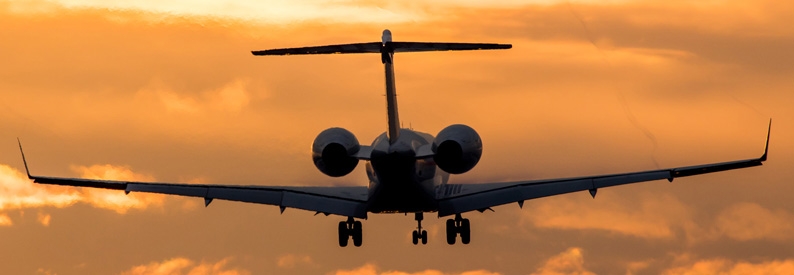How AI and Machine Learning Are Boosting Aviation Safety and Efficiency

Artificial intelligence (AI) and machine learning (ML) are rapidly transforming the aviation sector, delivering measurable improvements in security, operations and passenger experience. Across the United States, the Transportation Security Administration (TSA) is deploying AI-driven systems to enhance baggage screening, enabling more precise detection of contraband and reducing false alarms. These smarter scanners not only improve safety but also cut down on delays at security checkpoints.
Beyond security, airports worldwide are adopting AI to streamline a range of operational tasks. Intelligent systems help optimize baggage handling by predicting demand and routing luggage more efficiently, reducing the risk of lost or delayed bags. Machine learning models are also being used to forecast staffing needs and allocate resources in real time, ensuring smoother operations during peak travel periods.
Here are three clear examples of how AI is rapidly transforming the aviation sector right now:
- Predictive Maintenance and Fleet Health Monitoring
Airlines and OEMs use AI-driven analytics on engine and systems data to predict component failures before they occur. This reduces unscheduled maintenance, extends part life, and cuts operational costs. For example, carriers like Delta and Lufthansa leverage AI to schedule maintenance more efficiently, minimizing aircraft downtime. - Optimized Flight Operations and Air Traffic Management
AI tools are being deployed to optimize flight paths, fuel burn, and gate assignments in real time. Startups and ANSPs (air navigation service providers) are experimenting with AI-based air traffic flow management to ease congestion, reduce delays, and lower emissions—particularly valuable at busy hubs. - Enhanced Passenger Experience and Personalization
From AI-powered chatbots for booking and rebooking to biometric boarding, facial recognition, and dynamic pricing, airlines are using AI to personalize offers, speed up processing, and improve customer satisfaction. This includes smarter disruption management systems that automatically re-accommodate passengers during irregular operations.
Here are three concrete examples of how machine learning (ML) is transforming aviation right now:
- Anomaly Detection in Aircraft Systems
Airlines and OEMs feed terabytes of sensor data from engines, avionics, and environmental systems into ML models that learn “normal” operating patterns. These models flag subtle anomalies before they escalate into failures, enabling predictive maintenance and reducing unscheduled downtime. - Dynamic Demand Forecasting and Pricing
Carriers use ML algorithms to predict passenger demand by route, season, and even hour of departure. These systems adjust fares and seat availability in near real time, improving load factors and revenue while also helping airlines plan fleet and crew allocations more accurately. - Computer Vision for Airport Operations
Airports and ground handlers deploy ML-based image recognition to monitor aircraft turnaround activities—such as baggage loading, refueling, and catering—in real time. This helps identify delays, optimize gate scheduling, and improve on-time performance while reducing safety risks on the ramp.
Passenger-facing applications are expanding as well. Advanced chatbots and virtual assistants powered by AI are increasingly handling customer inquiries, guiding travelers through airports, updating flight information and improving overall service quality.
Here are three clear examples of AI-powered innovations in passenger-facing applications in aviation right now:
- AI-Driven Chatbots and Virtual Assistants
Many airlines now use AI-powered chatbots on their apps, websites, and WhatsApp channels to answer questions, manage bookings, rebook flights after disruptions, and push real-time gate updates 24/7, drastically reducing call-center wait times. - Biometric and Seamless Travel Journeys
Airports and carriers deploy AI-enhanced facial recognition and identity-matching systems at check-in, bag drop, security, and boarding. These systems speed passengers through checkpoints, reduce the need for paper documents, and improve overall throughput. - Personalized Offers and Dynamic Pricing
Machine-learning models analyze each traveler’s past trips, loyalty status, and on-site behavior to generate tailored seat upgrades, ancillary services, and targeted promotions during booking and check-in, increasing both convenience for passengers and revenue for airlines.
However, the growing shift toward automation also raises concerns about job displacement and the need for a more technologically skilled workforce. Experts stress that, while AI can streamline repetitive tasks, human oversight remains essential for ensuring safety, regulatory compliance, and customer satisfaction. In response, airports and aviation authorities are investing in training and upskilling programs to help employees work effectively alongside new technologies.
As AI and machine learning drive major gains in efficiency and safety, the aviation industry’s challenge is to balance rapid technological progress with workforce development and the maintenance of passenger trust.
Related News: https://airguide.info/category/air-travel-business/artificial-intelligence/
Sources: AirGuide Business airguide.info, bing.com
